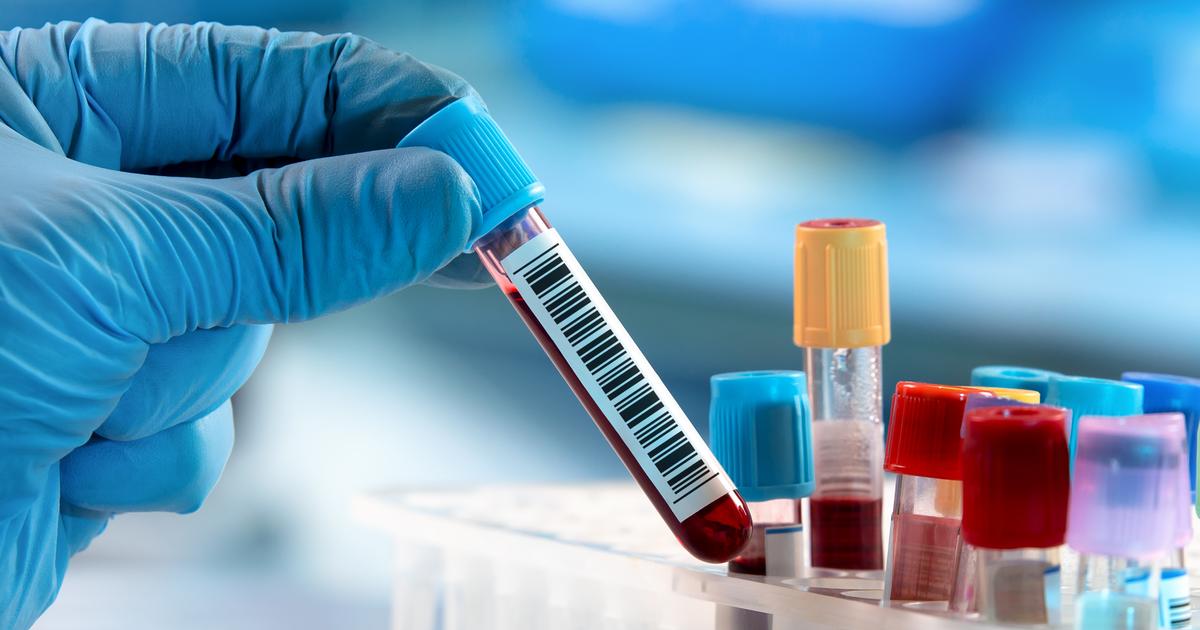Guide To Diagnosing And Treating Christmas Disease (Hemophilia B)
Christmas disease, also called hemophilia B, is an uncommon bleeding disorder that causes a deficiency of a protein called coagulation factor IX, which is essential for blood clotting. Hemophilia B is caused by a mutation in the gene that encodes instructions for the production of factor IX. Healthy blood clotting requires many clotting factors, including factor IX, to prevent excessive blood loss. Affected individuals bleed longer than unaffected individuals. Factor IX activity level is what determines hemophilia B severity. Mild hemophilia B falls between five to forty percent of normal levels, and severe hemophilia B is one percent or less of normal levels.
Common symptoms include excessive bleeding and bruising following a dental procedure, injury, surgery, or trauma. Bleeding into the muscles and joints, nosebleeds, bloody urine, and bloody stools may also occur. Several tests may be used to make a hemophilia B diagnosis, and a few treatment methods are available.
Factor IX Test

A factor IX test can be utilized by a physician to help make a diagnosis upon suspicion an individual may have hemophilia B. The results of an individual's activated cephalin time (ACT) along with a family history of hemophilia B may prompt a physician to order the factor IX clotting assay. Factor IX is made in an individual's liver and has a half-life of between eighteen and twenty-four hours. Normal values of factor IX in a collected blood sample fall between fifty and two hundred percent of the reference value or the laboratory control.
A factor IX assay is typically performed on multiple compounded dilutions of the patient's blood plasma to eliminate circulating anticoagulant antibody interference. Usually, tests for factors VIII, XII, and XI are performed to confirm they are not partially or fully responsible for the abnormality in the previous test. Because lupus anticoagulant can cause inaccurate factor IX test results in a patient with lupus, a negative lupus anticoagulant test is required for the proper diagnosis of hemophilia B.
Activated Partial Thromboplastin Time Test

Activated partial thromboplastin clotting time (aPTT) is one of a handful of diagnostic coagulation tests that provides a measurement for the length of time it takes an individual's blood to form a clot. Blood clotting factors come together in a cascade process when a blood vessel is damaged to form a blood clot and stop bleeding. Clotting factors XII, IX, II, X, XI, VIII, V, fibrinogen, prekallikrein, and high-molecular-weight kininogen are components that make up the intrinsic clotting pathway and the common final pathway. These factors are measured in the aPTT test. The partial thromboplastin time test is performed before the activated partial thromboplastin time.
The difference between these two tests is a special activation solution is added to the sample for the aPTT that increases the clotting time to provide a smaller reference range. If both the PTT and aPTT tests yield abnormal results, it is suggested the patient has a deficiency of factor I, V, X, or II. A normal PTT with an abnormal aPTT result suggests the patient has a deficiency of factor IX, XIII, VIII, or X. The typical presentation for factor IX deficiency or hemophilia B is a normal PTT with a prolonged aPTT.
